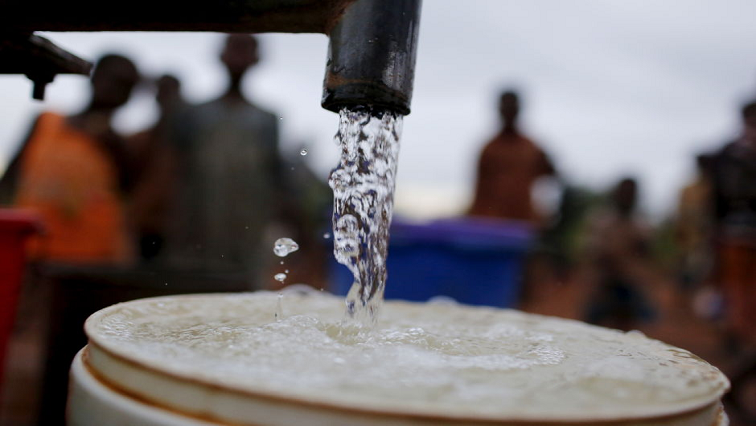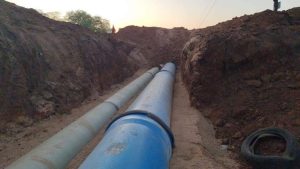After numerous deadlines over the years, the first phase of the multi-billion Rand Giyani bulk water project was completed in 2023.
This involved constructing a pipeline from the Nandoni Dam outside Thohoyandou to the Nsami Dam in Giyani. The project, which is being investigated by the Special Investigating Unit (SIU), has so far cost R4.1 billion.
The Giyani bulk water project started in 2010. It began as a R90 million emergency contract aimed at supplying water to 55 villages in Giyani.
Initially scheduled for completion in 2014, phase one of the project was eventually completed in October last year.
Over the years, SABC News’ visits to many of the villages earmarked to benefit from the project, revealed residents’ struggles with accessing water.
Many purchased water for household consumption from those who have boreholes while depending on local streams to do their laundry.
One resident said, “We suffer immensely here; if you don’t have money, you can’t bathe or drink water.”
Another mentioned buying water weekly due to the absence of running water for three years. “I pay R300 for a Jojo tank every week. Money I don’t have.”
Parallel pipelines
The initial scope of work for phase one included the construction of two parallel pipelines. One pipeline would move treated water to Nsami, while the other transported untreated water.
The pipeline for treated water was, however, abandoned along the way.
Nsami Dam’s Water Treatment Plant currently treats just over 20 megalitres of water a day. With additional megalitres of untreated water streaming into Nsami daily, authorities are looking to increase the plant’s treatment capacity.
A R78-million additional unit that was built in 2014 to increase the plant’s treatment capacity, has never been operational.
With the reticulation phase of the project currently underway, these residents are hopeful that by this time next year, they will no longer be forced to push wheelbarrows daily.
Resident Xiluva Sambo said, “If you don’t have money, bakkies charge a lot of money which I don’t have…” and Vanessa Manganyi added, “I am forced to push this wheelbarrow for a long distance to get water because I can’t afford to buy water.”
SIU investigation
The SIU is investigating how the project cost ballooned from R90 million to over R4 billion.
Several court processes are underway to recover funds from three former senior officials from the Lepelle Northern Water Board, which is the project’s implementing agent.
The SIU is also expected to release a report on the project soon. But, for the current Water Board, the focus is on ensuring that phase two of the project runs smoothly.
Phase two
The board has set aside about R300 million for phase two.
CEO of the Lepelle Water Board, Nndweleni Mphephu said, “What is next for us is the Giyani water services which is now the reticulation part to the reservoirs. That project is currently standing at 65%. We are left with about R300 million to complete the Giyani water services what is good about the project is that because water has arrived at Nsami, Mopani is able to refurbish Nsami water treatment works so that it can produce 30 megalitres per day and build even additional ten megalitres per day plant.”
The Mopani District Municipality says it is doing away with communal taps. Water pipelines are currently being constructed for households.
The municipality hopes to complete reticulation by the end of the financial year.
Mopani district municipality Executive Mayor Pule Shayi said, “Once we are done, you then have the next phase of 31 villages which then constitute 55. Early January 2024 we should be beginning SCM processes so that we can complete the work”.
Phase Two of the project has also seen several work stoppages, mostly due to protesting local businesses who alleged they had been overlooked in the awarding of subcontracts. It remains to be seen when that phase will be completed and Giyani residents will have clean running water in their yards.



